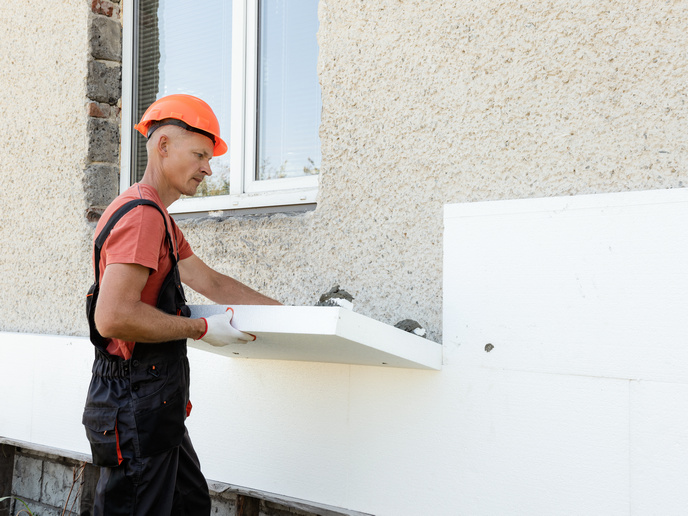Recycling breakthroughs promise sustainable future for foams
Thermoset polyurethane (PU) is a versatile material that is used in countless everyday products, ranging from sealants and varnishes to all sorts of hard plastic parts. The majority of thermoset PU products exist on the market as various foam applications, in the flexible foam and insulation market. “Thermoset PU is well-known for its outstanding properties such as high resilience, excellent resistance to wear, and long useful lifetime,” explains PUReSmart project coordinator Bart Haelterman from Recticel in Belgium. “This is combined with the inherent malleability of PU chemistry.” A key challenge however is the fact that thermoset PU is extremely difficult to recycle. “Recycling thermoset PU is not possible by heating and reprocessing in a liquid form,” says Haelterman. “Some recycling solutions do exist, but they poorly address the issue of huge waste streams generated by the disposal of end-of-life PU products.” If we want this useful, versatile material to be part of Europe’s sustainable future, this problem will have to be tackled.
Recycling end-of-life polyurethane
The aim of the EU-funded PUReSmart project was to address this issue, by developing new technologies and methods for recovering and converting end-of-life PU into valuable new products. The project was supported by a consortium of nine partners from six countries, each partner with a specific focus along the supply chain. “Our target was to recover over 90 % of end-of-life PU,” notes Haelterman. “For this, the project consortium developed smart sorting technologies, capable of separating a diverse range of PU materials into dedicated feedstocks.” Novel detection methods were developed to characterise and distinguish different PU foams. Sorting methodologies were introduced, in order to collect different ‘families’ of chemicals into their purest form possible. Sorted PU ‘families’ were chemically broken down by a chemolysis process, the basic raw materials being polyols and isocyanates. These could then be efficiently recycled into foams.
Innovative PU sorting methods
Innovative sorting methods were demonstrated to be suitable for discriminating between PU types, and a new approach to PU recycling into polyol and isocyanate was successfully developed and tested. “These routes are now scalable,” adds Haelterman. “There was good understanding and cooperation between all the partners, and this definitely helped us to achieve strong results.” This means that, for the first time, raw materials such as recycled polyol and recycled isocyanate can be used in new product applications.
Achieving circular foam production
The successes achieved in the PUReSmart project will now be built upon and scaled up. The ability to sort and dismantle end-of-life foams could also lead to the widespread recycling of products such as mattresses. This could have a significant positive impact on reducing waste and saving on material and energy usage. The project team hopes that legislation will help to foster greater market demand, and ultimately achieve circularity in the production of foam products. “This project will help us to move far beyond state-of-the-art PU sorting and chemical recycling,” says Haelterman. Four patent applications have already been submitted by project partners. These are related to the progress made in smart sorting, smart chemolysis and the decision to scale up chemical recycling from lab to semi-industrial level.
Keywords
PUReSmart, recycling, polyurethane, energy, waste, foams, insulation, chemolysis

